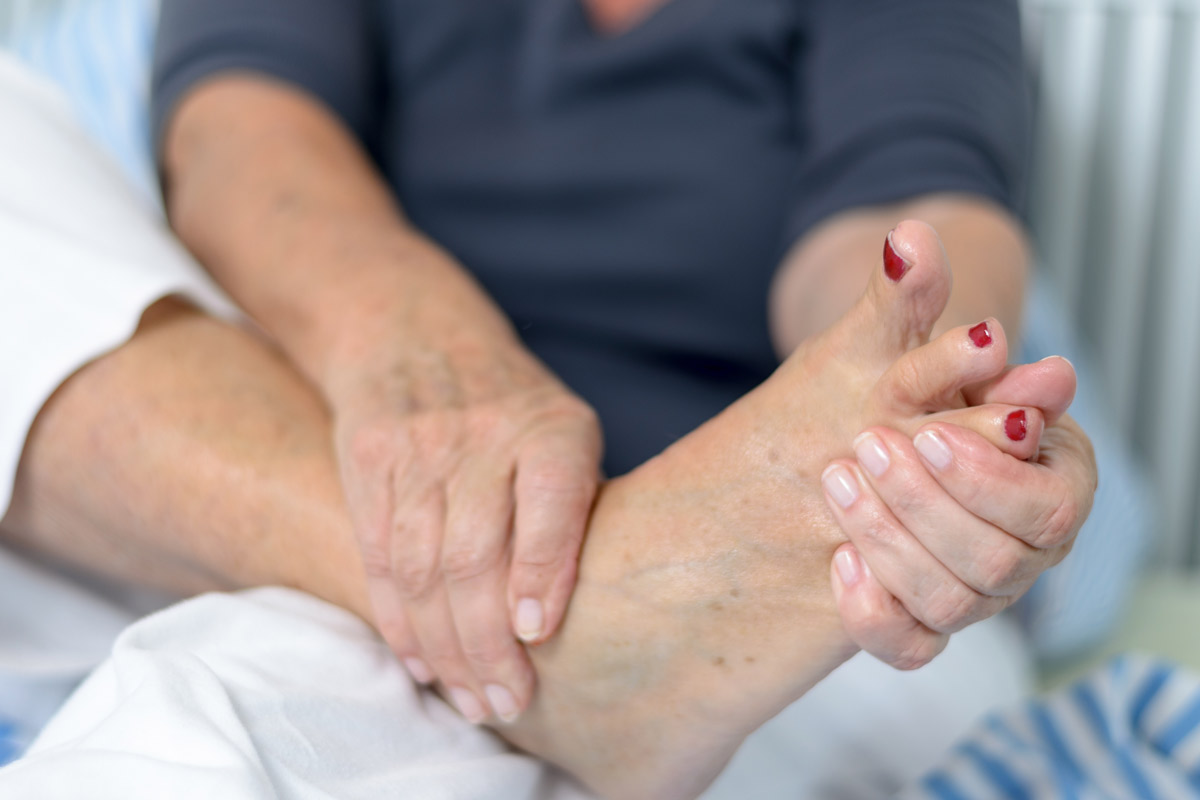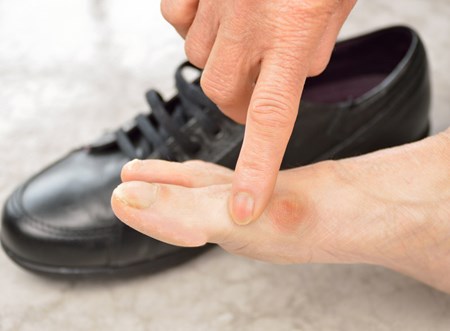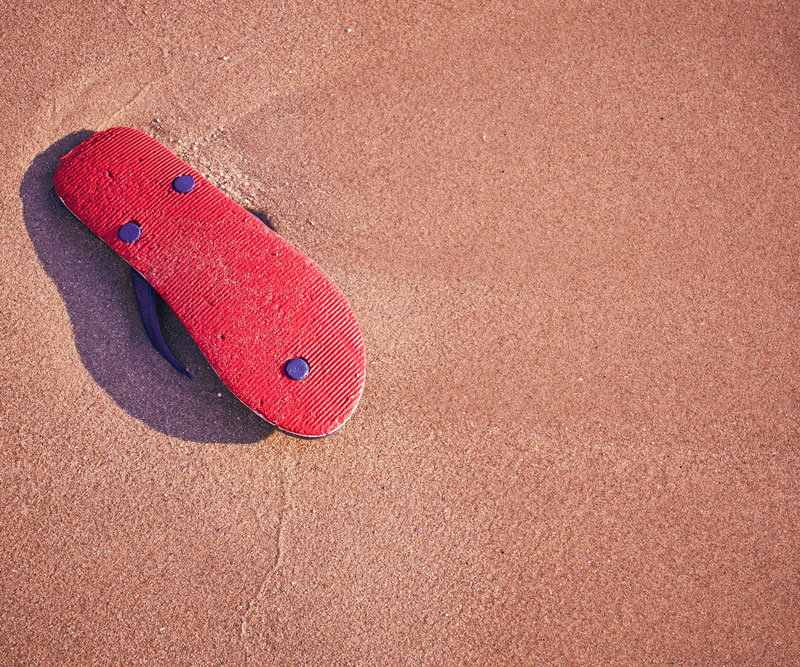
Warning: These Symptoms Could Signal Diabetic Foot Problems
Any injury to the foot or break in the skin could spell trouble for those with diabetes.
Diabetes can contribute to foot problems in two ways:
- The disease can decrease feeling in the feet, which means injuries such as cuts and scrapes can go unnoticed until they are infected.
- Diabetes also can cause decreased circulation and reduced blood supply to the feet, in turn reducing the body’s ability to fight off infection and heal wounds in that area.
To reduce your risk of developing foot problems, follow these five foot care tips below.
Inspect Your Feet Daily
Look at your feet every day, especially between the toes.
Poor vision or arthritis can make this task difficult. If this is you, ask a family member or friend for help keeping tabs on your tootsies.
Keep a close eye out for the following:
- Puncture wounds.
- Cuts or scrapes that don’t heal.
- Ingrown toenails.
- Corns and calluses.
- Problems due to poorly fitting shoes.
- Any injuries to the feet.
- Discoloration, pain, redness or swelling.
- Pain in the calves during walking or exercise.
Treat Your Feet to Some TLC
Wash your feet each day using warm (not hot) water and a mild soap.
If you have poor sensation in your feet, test the water first with your hand, elbow or a thermometer to make sure the temperature is not too hot. Water should be lukewarm, between 85 and 90 degrees.
Do not soak your feet unless recommended to do so by your physicians.
After your feet are clean, pat them dry with a soft towel. Make sure to dry between the toes.
If your skin is dry or shows evidence of cracking, use a moisturizing cream as prescribed and directed by your doctor.
However, never put cream or lotion between your toes.
If you have a problem with excessive perspiration, foot powder can help but should be used sparingly.
Invest in Proper Footwear
Poorly fitting shoes can irritate feet, causing injury and infection.
Make sure shoes fit snugly but that your toes have plenty of room to wiggle.
Avoid shoes made of non-breathable synthetic or plastic materials. Instead, choose good-quality shoes made out of leather or mesh material, which allow your feet to breathe.
Shoes made specifically for walking or running may be helpful for some diabetics.
If you have deformed feet, you may need special therapeutic shoes.

Remember, diabetics sometimes have decreased sensation and can be unaware of something inside their shoes. Inspect the inside of your shoes daily for torn linings or foreign objects.
Wear socks to keep your feet warm, but do not wear socks, stockings, pantyhose or other undergarments with elastic tops or seams, as they can injure or irritate the skin.
If you see lines or indentations when you take off your socks, they may not fit your foot and ankle shape properly, or the seams may be too prominent.
Some swelling in the feet and ankles at the end of a long day is not unusual and could be controlled with a pair of low-gradient (10-15mmHg) compression stockings applied first thing in the morning.
Change socks or stockings daily.
Never go barefoot, even in the house or at the beach. An unnoticed cut or scrape could lead to a serious infection. Always wear shoes or slippers to prevent injury.
Trim Your Toenails Carefully
Keeping toenails neatly trimmed prevents the buildup of bacteria under the nail bed.
Trim toenails frequently and straight across. Be careful not to cut the nail too short; instead, use an emery board or nail file to smooth nails to the appropriate length.
If nails are thick, soak them in warm water for about 10 minutes.
This should go without saying, but never attempt to remove ingrown toenails at home.
Also, do not use razor blades, scissors, knives or chemical removers to get rid of calluses or corns.
A cut or burn, no matter how minor, can rapidly lead to a serious infection.
If you have an ingrown toenail, extremely thickened calluses or your toenails are difficult to cut, contact your physician or a podiatrist.
Don’t Smoke
Smoking narrows the blood vessels and decreases circulation to the feet – two things that already are a risk for diabetics.
If you smoke, stop!
One final word of advice – See your doctor regularly, and make sure your feet and legs are examined during every visit. Your primary care physician can help detect problems early on before they become a larger issue.
Published on: November 27, 2018





